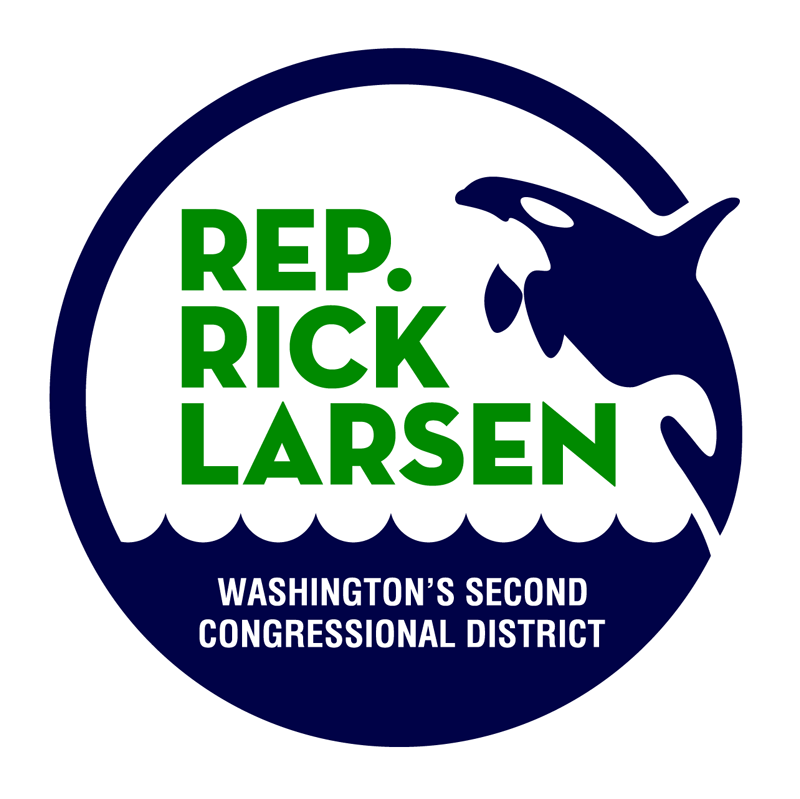Story
Puget Sound gets a $451 million restoration grant
Washington, DC,
December 27, 2016
SC News: Puget Sound gets a $451 million restoration grant By Sarah Arney After 15 years of studies around Puget Sound, the Puget Sound Nearshore Ecosystem Restoration Project (PSNERP) will receive $451 million from the federal government. The funds come from the bipartisan Water Infrastructure Improvements for the Nation Act, which was spearheaded by U.S. Rep. Rick Larsen (WA-02) and signed last week by President Barack Obama. Larsen said this is the largest-ever investment in Puget Sound restoration. The PSNERP has resulted from years of collaboration among public, private and nonprofit organizations dedicated to protecting and restoring Puget Sound’s shorelines to support salmon and biodiversity. “No doubt about it – this is a big win for everyone who cares about protecting Puget Sound,” Larsen said. “The environment is not only the cornerstone of Washington state’s cultural identity but also its recreational and agricultural economies.” The legislation also directs the U.S. Army Corps of Engineers and the state Department of Archaeology and Historic Preservation to return the Kennewick Man, also known as the “Ancient One,” to local tribes in Washington state within 90 days for proper reburial. And it authorizes Congress to appropriate funds for toxic cleanup in the Columbia River Basin. A partnership led by the Seattle district of the U.S. Army Corps of Engineers and the state Department of Fish and Wildlife (WDFW) started analyzing more than 500 sites along 2,500 miles of Puget Sound’s shoreline in 2001. A PSNERP project manager with WDFW, Theresa Mitchell, said last month that potential projects were reduced to 36, then 18, and now three. The final three PSNERP large-scale restoration projects include work on the North Fork Skagit River Delta, Duckabush River Estuary on the east slopes of the Olympic Mountains to Hood Canal, and on the Nooksack River Delta in Whatcom County. Mitchell said after initial approval by the Corps of Engineers a lot of work is left to do before moving any dirt, including meeting with stakeholders around the impacted regions. Larsen agreed. He said that strategies will be tailored to the specific needs of the deltas, beaches and inlets that comprise Puget Sound. “It will be critical that the stakeholders who rely on the state’s environment will have a seat at the table,” Larsen said. Many environmental groups have been involved in the long-term study. The director at the Trust for Public Land, Paul Kundtz said the funding is important because Puget Sound and its watershed provide natural resources essential to our economy and way of life. “The funding will set us on a path to establishing a sustainably healthy watershed across the region,” Kundtz said. For Mindy Roberts, director of People For Puget Sound, it’s about the salmon. “We need to maintain critical protections for the long-term survival of salmon – for the people and orcas that depend on them,” Roberts said. The executive director of the Puget Sound Partnership, Sheida Sahandy acknowledged all the efforts to get to this point. “So many organizations have invested their time, talent and money in Puget Sound recovery,” Sahandy said. “Funding the PNSERP projects will contribute toward making Puget Sound a sustainable system.” |
